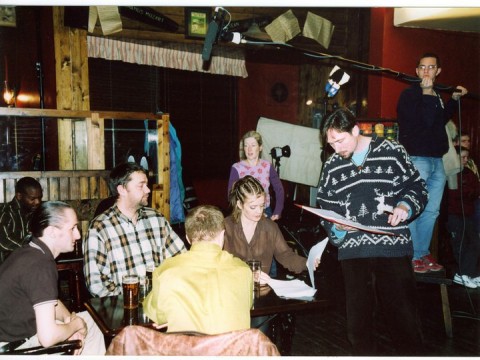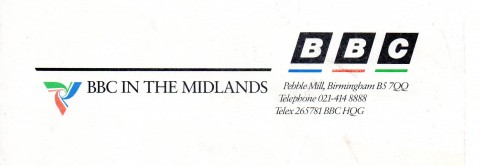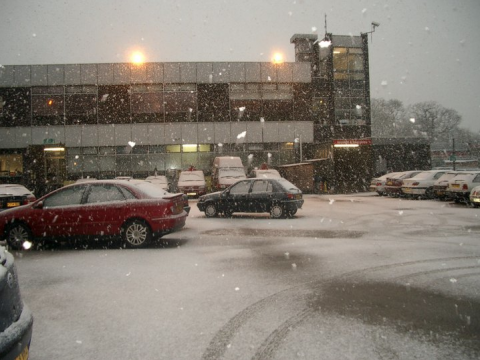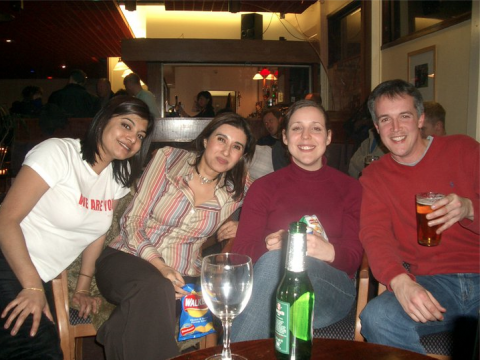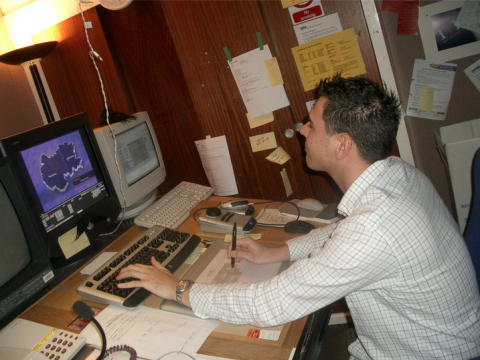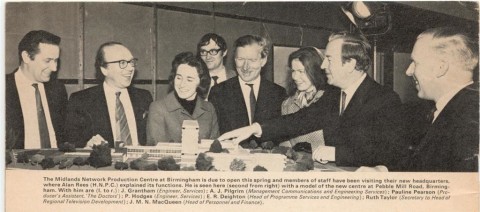Post producing Brown Paper Bag at Pebble Mill was a sublime experience. By that time I’d done a few pieces of work in the edit suites there, most of which, funnily enough were not BBC productions. The view from the outside was that it was more expensive than going elsewhere but, if you had it in the budget, it would be worth it. My main feeling, every time I went into edits there was one of safety, the feeling that no matter what was about to be thrown at the post production team, me included, everything would be alright!
Anyway, the good news for Brown Paper Bag was that BBC Post Production became partners in the project, led by Shirley O Mara and Trevor West, god bless ’em! Prior to Brown Paper Bag we’d made Bouncer, which editor Stephen Killick did in his spare time due to his BBC commitments and the lack of cash. That was nominated for a BAFTA and naturally when it came to Brown Paper Bag I wanted to work with Stephen again. He suggested approaching BBC post production to become partners in the project. Which they did and it was awesome. The funny thing was though that, having edited Bouncer at weekends, I’d discovered the benefits of breathing spaces during an edit which allowed thinking time. I asked Shirley and Stephen if we could ‘artificially’ break up the BPB edit in order to introduce that same thinking time that had happened by accident on Bouncer. They obliged the request and away we went.
Stephen had lots of fun creating sound fx with glasses and slo mo, which worked really well. We mostly stuck to the script but I think we cut one or two of the early scenes to move things forward. One of my biggest memories was the dub. Fiona did a fantastic job. We had no music in the piece apart from the credits, so voices and atmos had to carry the film. The work that Fiona did in track laying quite simply changed the film, even before it was mixed, it was brilliant the way she pulled the voices out in particular. It’s always hard to tell what you’ve got when you’re editing and got your nose to the screen but I think it was at that point (and the first time I read the script of course) that I realised we had something special.
And here’s a couple of lines from Stephen!
“Brown Paper bag. I remember needing copious amount of comedy viewing when I got home to remind me that life isn’t always as dark as the story I was editing.”
Michael Clifford
